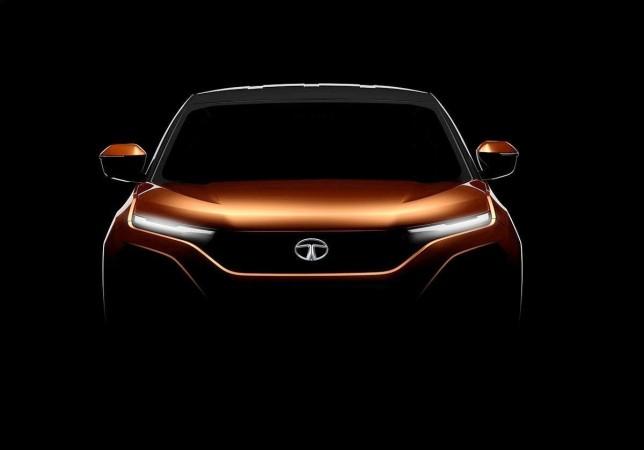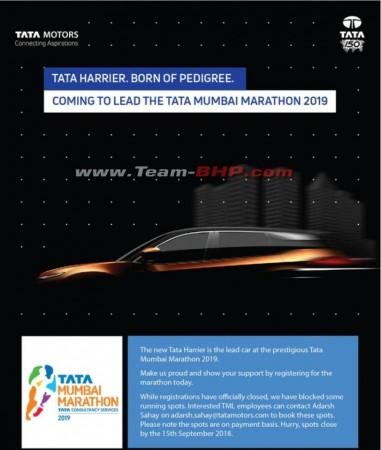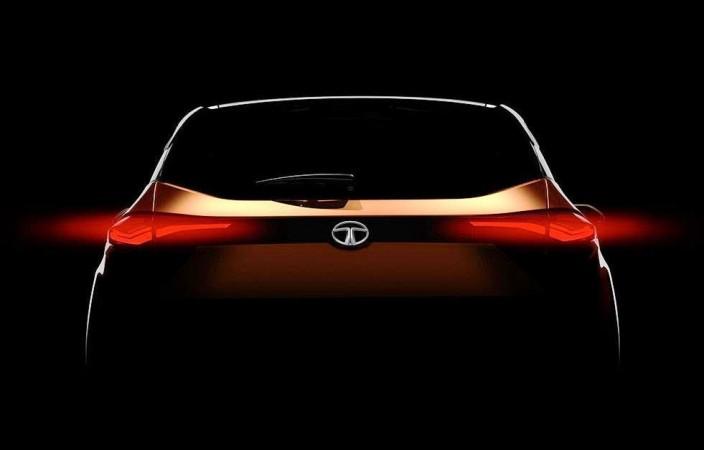Tata Motors had showcased its next set of vehicles coming to India as concepts at the Auto Expo 2018 in February. The H5X concept of the company in association with the British subsidiary Land Rover was the star of the show. Later Tata Motors gave the name Harrier to the production version which is due for debut in early 2019.

How early in 2019? Tata Motors is yet to announce the exact premiere date while a leaked document confirms the Harrier SUV as lead car for the upcoming Tata Mumbai Marathon, which will be held on January 20, 2019. This indicates Tata Motors may reveal the Harrier in early January while launch is expected later in the first quarter.

The Harrier is one of the most awaited product from Tata Motors as it will be the first model to sport the 'IMPACT Design 2.0' philosophy which is the evolution of company's Impact design language. The evolution in design confirms segment-leading wheel sizes and strong fenders for enhanced road presence.
Tata Motors has already revealed some teaser images of the Harrier. It confirms more defined humanity line and beefed up wheel arches while rearward sloping roofline will not be as rakish as the one on the concept design.

Tata Motors will offer the Harrier as a 5-seater monocoque SUV. The Harrier will be the first vehicle based on Tata's new generation Optimal Modular Efficient Global Advanced Architecture (OMEGA), developed in collaboration with its British subsidiary -- Jaguar Land Rover. The premium SUV is also expected to share AWD system with Land Rover's Terrain Response system and all-independent suspension system could be sourced from the Land Rover Discovery Sport.
Tata Harrier is expected to draw power from a 2.0 Multijet diesel engine borrowed from Fiat. The engine already does duty in the Jeep Compass which will be one of the rivals of the Harrier. ZF's nine-speed automatic unit will be the probable transmission along with the standard manual transmission option. Rumours also claim Tata Motors intends to offer the Harrier with petrol engine option as well.
Source: TeamBHP

















![India Auto Roundup: Maruti Suzuki, Mahindra have exciting launches in November [details here]](https://data1.ibtimes.co.in/en/full/805520/india-auto-roundup-maruti-suzuki-mahindra-have-exciting-launches-november-details-here.jpg?w=220&h=135)